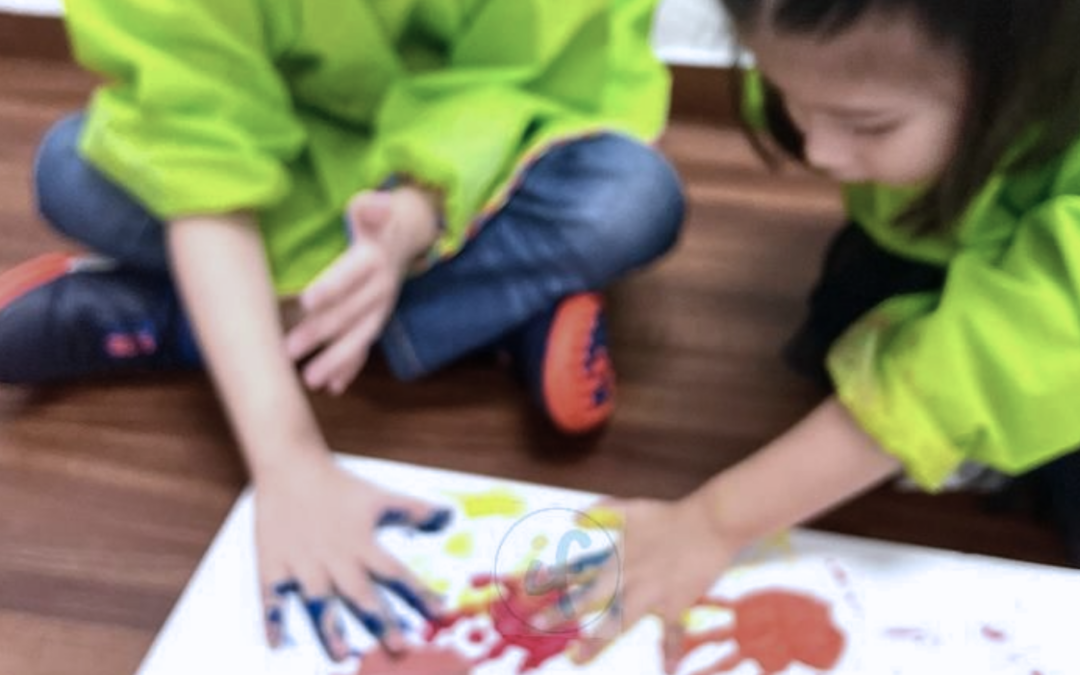When we think about schools or learning spaces, it’s never just the subjects or the teachers that shape our experiences.
At Imagine If we know this very well–we’ve always aspired to push the envelope on what it means to be really fulfilled educationally. We understand how so many factors play into what a child needs to feel seen, understood, and most importantly, encouraged, to break out of their shell.
What that looks like isn’t always what we think, or want it to be. What adults think learning should look like, is very different to how learners feel. And as adults, we need to be totally attuned to the learner’s needs. Not what is convenient or familiar for us.
As adults, we translate the approaches that are so often shaped by the projections of the adults around the learners into something that places them at the forefront of the way we approach them–supported by the things that make up the learning environment.
The very architecture of a learning space can have a profound impact on our well-being, inclusivity, and how we learn. Traditional designs can sometimes get in the way, but as a ray of hope on the horizon–spaces like Imagine If exist as more than just a place of learning; but a community that always maintains being grounded in inclusivity by design both inside and outside of our physical surroundings.
After all, it’s about the people inside any given space that breathe life into it. But we want to do our best to help them do so–in symbiosis.
We’re about creating inclusive spaces with a whole lot of heart; because it’s possible. Imagine If exists as a testament to spaces which divest from traditional modes of learning in all forms, but here’s how our environment tangibly affects inclusivity–and the ways we imbue the key spaces of Imagine If with intention.
- Circulation Spaces: The hallways and common areas of Imagine If are bustling pathways for interaction and personal expression. These parts aren’t just mere conduits–but where some of the most crucial social exchanges happen. They’re the in-between points where meetings, hellos, goodbyes, recognition, and conversation take place for our learners to build their interpersonal skills.
- Study Spaces: More than just walls, this is where the main magic happens. Our study spaces are flexible, inclusive environments that celebrate the rich diversity of learning styles we have. Here, young minds are encouraged to flourish without constraints.
- Open Play Spaces: Every child can partake in the sheer joy–and necessity–of play. We consider physical, emotional, and intellectual accessibility while making it possible for our learners to feel a sense of connection with the vibrant environment around them. Not only is this where we practise uncurbed exploration, but this is also a place for learning; where learners glean information from the sensory treasure bank of natural material to draw from.
- Personal Spaces: In Imagine If’s design philosophy, personal space is redefined, ensuring every learner has a place to call their own. This promotes individuality, self-expression, and a strong sense of belonging in their comfort and learning needs without judgment. Quiet spaces and lively spaces look different for everyone, on an internal and external level. We take into consideration the emotional landscape of the child, as well, to truly define the word ‘personal.’
It’s not just about making learners feel welcome; it’s about creating an environment that nurtures them to reach their fullest potential. To do that, it’s also about liberating not just the bodies within the space, but also the minds within, creating an environment where learners feel empowered to explore, learn, and grow.
We’re a testament to the idea that school architecture isn’t just about the physical structures; it’s about fostering inclusivity and belonging. We are a reality that’s changing the educational landscape in Singapore and beyond. But here’s why we align with the idea of being a ‘liberated’ space: we’re breaking free from the conventional and offering learners a world of opportunities to simply be.
To us, belonging and inclusivity form the core of any education. These values are a call to face a new paradigm where traditional constraints are shattered, and the boundless potential of every learner is freed. Educational spaces should be places where minds soar, where dreams become reality, and where each learner has a place away from whatever limiting confines they’ve been boxed into. It is both a space liberated from the notions of what learning should look like and a space that liberates those who occupy it.
‘No’ doesn’t have a place here; it’s all about ‘yes.’ Yes to learning. Yes to participation. Yes to their uniqueness. Yes to who they show up as. Yes to truly belonging.

